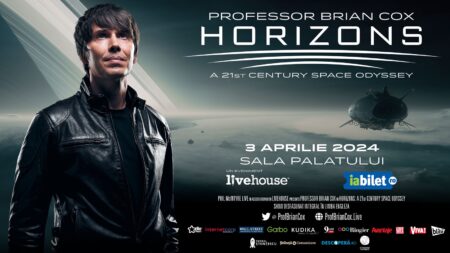I have been many times in the situation of matching interviews between researchers and press. Although there is a general belief that researchers deny interviews and journalists distort the facts, my experiences have been predominantly positive and the 'tension' between the two sides is more imagined than real.
I have noticed that the relationship is all the better when both parties understand each other's jobs, limitations and pressures. When I have the time, and the researcher the availability, I try to provide some background information about the journalists so that they better understand what to expect. On request, I also support also deliver media relations workshops for researcherswhere I also take care to explain these things. Here I have only compiled the basic ideas.
Journalists are always under pressure of time, which means that they will have to get to the story as quickly as possible and need answers quickly. They are used to to ask lots of questions, to question the information they receive and find out details that are not readily available to them. In this case, a tactful and polite attitude is the best strategy.
A journalist is neither inferior nor superior to a researcher - both serve society in different ways. Moreover, because in their work they come into contact with people from different walks of life social strata, journalists are less impressed by professional rank, academic titles, positions, status, honours, and awards, and are more impressed by personal qualities.
The goal of the publication or media channel they work for is to make a profit, and the bigger the audience attracted to a particular topic, the bigger the company's revenue will be. This means that topics will be judged by the impact they have on the audience, or on a particular type of audience.
For the most successful collaboration with the press, it is recommended that the researcher:
- Show goodwill and openness
- Be aware that journalists are always working with an imaginary stopwatch next to them
- To help the journalist find the points of interest of the research, so that he, in turn, can make his case to the editor who selects the stories to be published
- Explain, to the level where you can have a comfortable discussion with the journalist
- Provide transparency, in particular on the funds that finance research
- Include background information from the wider field of research, not just from the very narrow specialisation of the project/research they are talking about
- Don't be upset when only a small part of the interview appears in the publication. Many times, much of the interview is needed by the journalist as background information to better understand the field, and that time spent explaining will prove useful later on
- Expect errors, especially if the journalist is a stranger to the field
The list is compiled from personal experience of media relations and from the booklet Communicating science - A scientist's survival kit published under the auspices of the European Union.
Negative experiences in interacting with the media, often cited by researchers as a reason for not communicating, are more a perception than a reality. In a survey, a number of researchers who had never had contact with the media were asked what they expected their experience to be like. 85% of them answered that they expect information to be distorted and their person to be ridiculed. When the same question was asked of researchers who frequently appear in the media (and sometimes take advantage of this exposure), 85% of them said their experience was either satisfactory or directly beneficial to their work. They rated one in six news stories as having a negative connotation, something they viewed as an "acceptable cost" of media exposure. (I took the survey information from the book Sharing Knowledge. A Guide to Effective Science Communication)
Negative experiences with the media, however, remain a reality and cannot be ignored. A correct and strategic attitude in this type of situation can have a positive or negative impact on all future relations with that journalist, that publication or even on your personal and institutional image. I will come back with an article on this subject.
To better understand the communication model, read all the articles in this series.
- Three possible models for science communication
- The relationship between researcher and communication specialist (1)
- What a communication specialist is for (2)
- The relationship between researcher and journalist (1)
- Ground rules for dealing with journalists (2)
- Direct researcher - public communication (1)
Image: Steve Halama / Unsplash
Every month, I send a newsletter about Science & Communicationwith articles on how research can be better promoted in Romania. Includes what I write here on the blog, but also recent articles in other languages that I recommend and comment on.
You can subscribe here.





